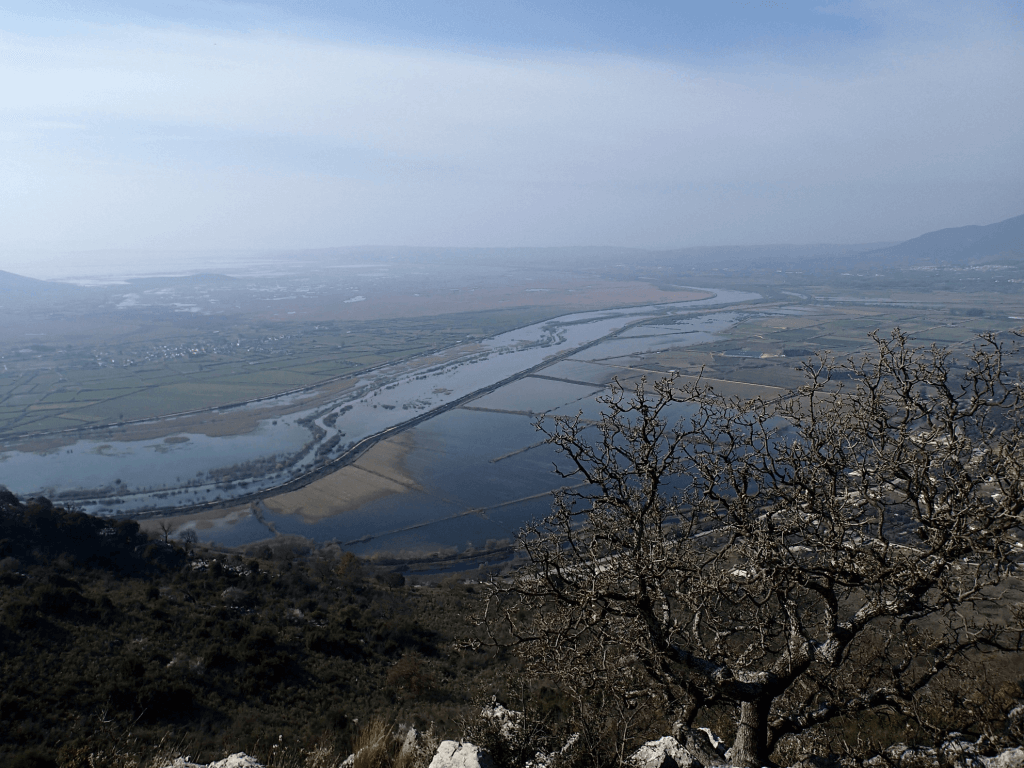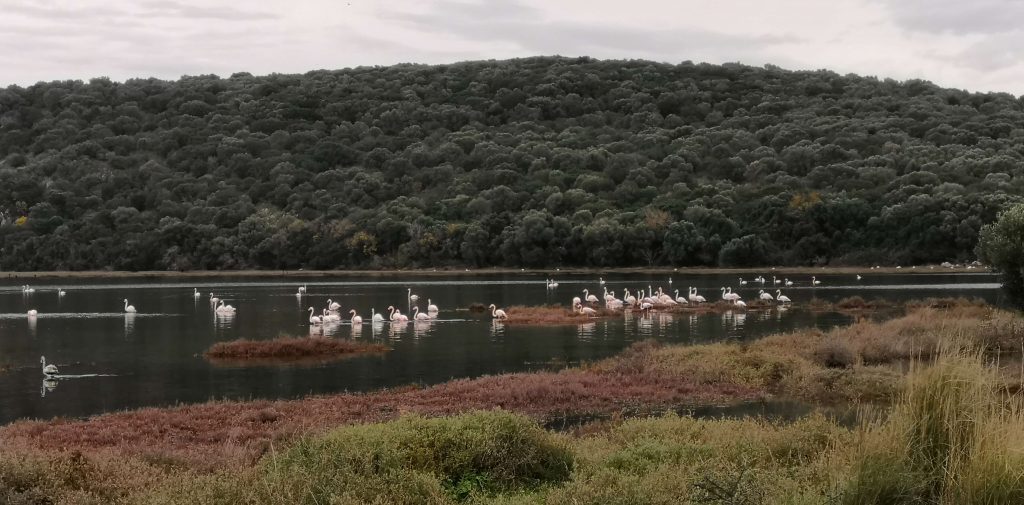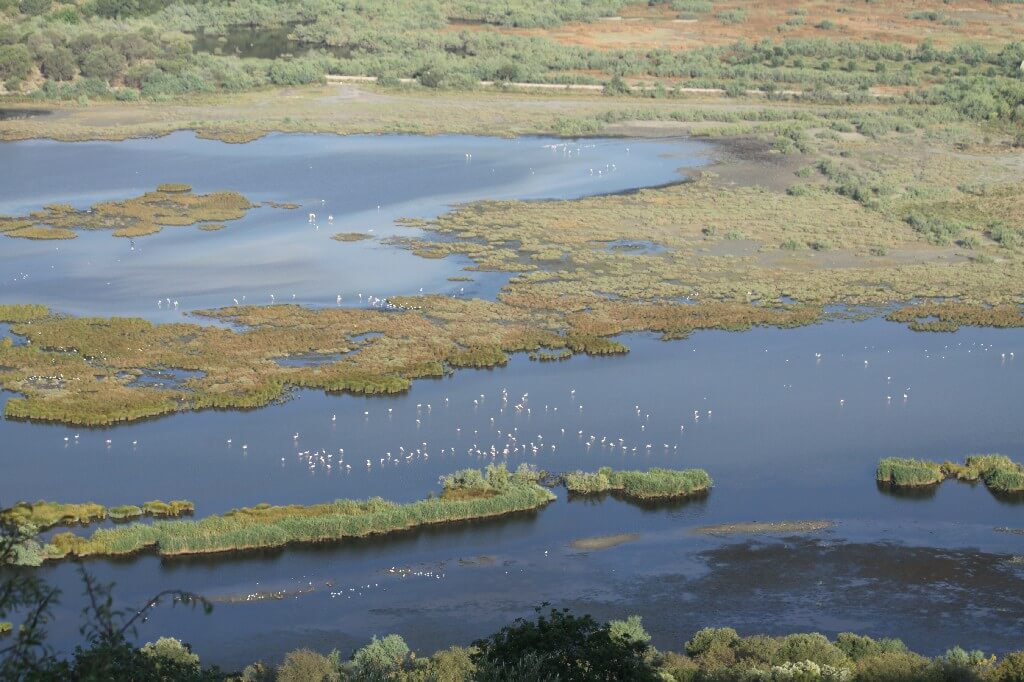Ambracian Gulf
The Ambracian Gulf is a semi-enclosed sea basin, located in western Greece between the southern part of Epirus and the northern part of Etoloakarnania. It is the largest bay in the western part of Greece, covering an area of about 405 km². Amvrakikos Gulf communicates with the Ionian Sea to the west through the Aktio Strait, which is a narrow (3 km long, 600 m wide) and shallow (2 m – 13 m deep) channel. The average depth of the Gulf is 26 m with a maximum of 65 m, while its length is 33 km and its width ranges from 6 to 21 km.

Amvrakikos National Wetlands Park
The Amvrakikos Wetlands National Park covers an area of 20,000 hectares on the northern coast of the Ambracian Gulf, and of the 17 habitat types it hosts, one is of the highest priority, that of lagoons, of which there are more than 20. The wetlands of the Ambracian Gulf are a complex ecosystem consisting of the shallow marine waters of the Gulf itself, a rare wetland formation of a double delta of the rivers Louros and Arachthos, a lagoon system consisting of three large lagoons (Rodia, Tsoukalios, Logarou) and some smaller ones, as well as a marine zone just south of them. The Ambracian Gulf is an area of high environmental importance and rich biological diversity. Because of this importance, the northern part of the Gulf is protected by the Ramsar Convention on Wetlands of International Importance.

Wetlands
The wetlands of the Ambracian Gulf are a complex ecosystem consisting of the shallow marine waters of the Gulf itself, a rare wetland formation of a double delta of the rivers Louros and Arachthos, a lagoon system consisting of three large lagoons (Rodia, Tsoukalios, Logarou) and some smaller ones, as well as a marine zone just south of them. The more than 20 small and large lagoons, mudflats, sandy beaches with dunes, salt marshes, extensive reed beds and swamps alternate with wet riverside forests, traditional crops, hills of broad-leaved trees and small islands, composing a unique ecosystem for Greek standards. The largest of the lagoons are the ‘Rodia, Tsoukalio, Avleri’ complex, located west of the Salara hill, and the Logaros lagoon east of the same hill. Two of the three lagoons, Tsoukalios and Rodia, communicate with each other, creating a rare for Greek standards double lagoon-marine complex. Also of particular importance are the Saltini Lagoon and Lake Voulkaria, as they are considered to be the limits of distribution of the protected species Carex acuta (Carex panormitana Guss).

